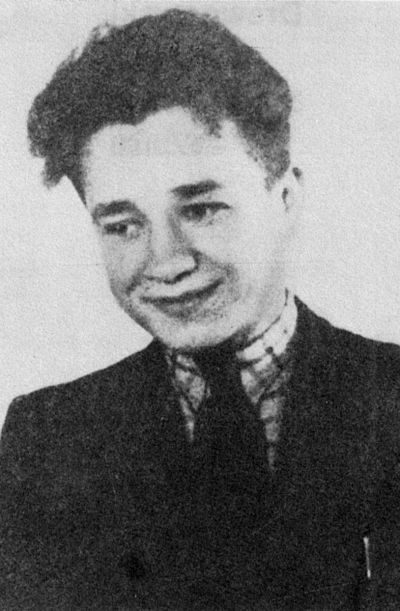Krystyna Wituska (1920–1944)

In the summer of 1939, Krystyna Wituska returned to Jeżew from Switzerland, against the wishes of her parents. The mood in Poland was tense, and there was much talk of the looming war. However, the imminent threat was not yet being fully felt. After the war broke out, everything changed for the Wituski family. Their property was seized by the Nazis and they were forced to leave their land. Ownership of their lands was handed over to a German, who was an ardent supporter of the Nazi ideology. Feliks Wituski found work near Łowicz. His wife Maria went to live in Warsaw with Krystyna, who found a place to live in a shop belonging to relatives in the district of Mokotów. In her free time, she learned German. Probably in the autumn of 1941, Krystyna joined the underground “Union for Armed Struggle” (Związek Walki Zbrojnej) and later the Home Army. She chose the codename “Kasia” and was involved in the spy network that monitored the airport at Okęcie. Later, she worked for the group in the coffee houses in Warsaw, flirting with Wehrmacht soldiers to find out the names of their superiors and gather information about the German troops. After almost having her cover blown on at least two occasions, she withdrew for a short while, before being persuaded to return to work against the German occupiers by her superiors in the group, who were eager not to lose her.
On 19 October 1942, Wituska was arrested. Her fiancé, Zbigniew Walc, codename “Nik”, had already been arrested in Neubrandenburg in Germany in June, where he was held prisoner as a forced labourer. He also worked for the Polish secret services, among other things providing information about the number of forced labourers in the Third Reich and the mood among them. While looking through Walc’s belongings, the Gestapo found letters from Krystyna. At that time, the Gestapo had been attempting to extinguish the network of agents in Germany for months, and were systematically checking all contacts of whom they had been made aware. Finally, the Gestapo also turned up at the place where Wituska lived in Warsaw. While searching the apartment, documents were discovered that revealed Krystyna to be a member of the underground group. Among other items, the Gestapo found a notebook containing the addresses of two women who worked with her. Maria Kacprzyk and Wanda Kamińska were arrested the following day and were taken with Krystyna to the Pawiak, the largest German prison in occupied Poland. There, after the three were interrogated together multiple times, they were taken to the Gestapo prison on Alexanderplatz in Berlin. Zbigniew Walc was also being held in the Gestapo prison, and the couple succeeded in seeing each other twice during their incarceration. According to the police records, the women, who were accused of espionage, were taken to Moabit prison in February 1943. They were held there prior to their trial before the Reichskriegsgericht, the highest military court. Only high-profile cases were tried before this tribunal, such as people accused of espionage and other activities on behalf of the enemy. More than 500 Poles were brought before this court in total, of whom around 180 were sentenced to death.





